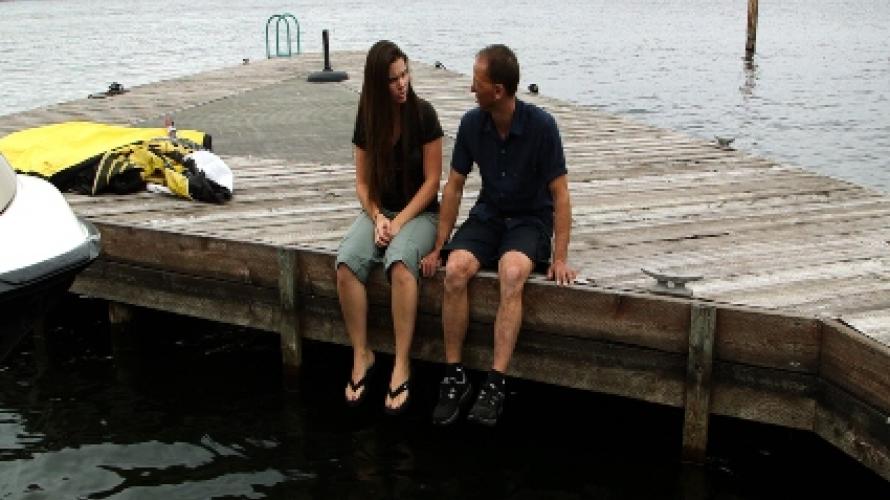
What is the study about?
For individuals with burn injury, social interactions are a crucial step for social recovery. This study aimed to determine what predicts social reintegration and recovery following burn injury.
What did the study find?
This study found that individuals with burn injury are less likely to engage in activities related to being outdoors, feel limited in participating in activities with family members, and tire easily. These activities may be inhibited by chronic pain, fatigue, photosensitivity, and depression or anxiety. Chronic pain and fatigue were two commonly reported factors that may limit social interactions. Individuals with facial deformities as a result of a burn injury reported problems with meeting new people, making friends, and intimate relationships. This study also found that individuals with burn injury who were younger, married, or living with a significant other had higher rates of social interaction.
Who participated in the study?
Participants for this study included 601 indivuduals with burn injury. Partcipants had to be 18 years and older with injuries covering more than 5% of total body surface area.
How was the study conducted?
The Life Impact Burn Recovery Evaluation (LIBRE)-192 was administered to all participants to develop the current LIBRE Profile. This questionnaire asks about 6 different areas of social activity and interaction: Family & Friends, Social Interactions, Social Activities, Work & Employment, Romantic Relationships, and Sexual Relationships. This study analyzed the Social Interactions and Social Activities categories determine whether age, gender, marital status and education level and clinical findings were predictors of the social activities and social interaction scores.
How can people use the results?
Clinicians can use the results of this study to advise patients about problems they are likely to face following burn injury. This is especially relevant to outdoor activities and when socializing with family and friends. Individuals with burn injury and their family members can use the results of the study to become more informed on which factors are likely to influence social interaction.
Reference
Ohrtman, E. A., Simko, L. C., Dore, E., Slavin, M. D., Saret, C., Amaya, F., . . . Ryan, C. M. (2018). 275 Social Interactions and Social Activities after Burn Injury: A Life Impact Burn Recovery Evaluation (LIBRE) Study. Journal of Burn Care & Research, 39(Suppl_1). doi:10.1093/jbcr/iry006.197